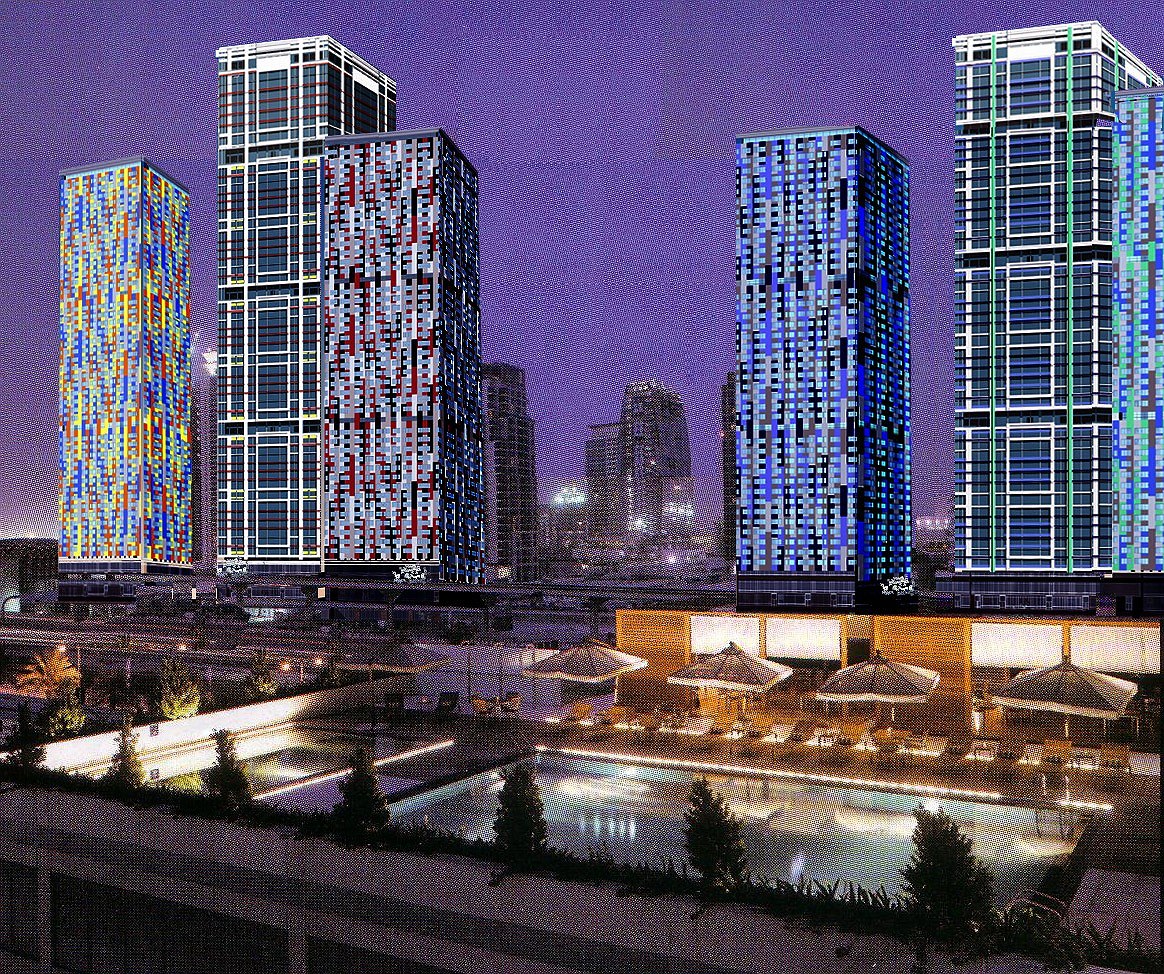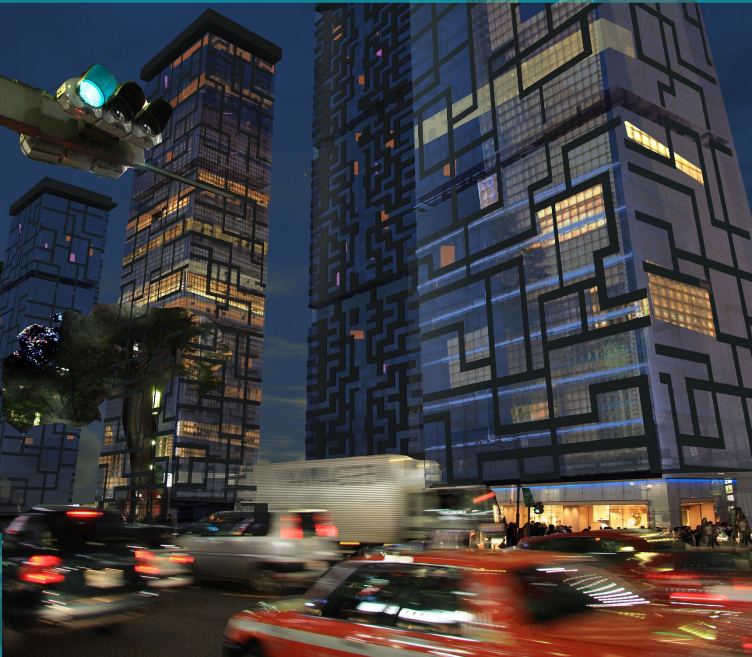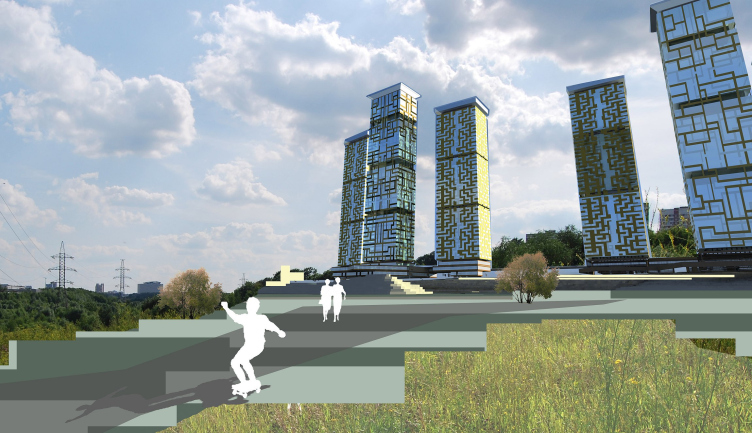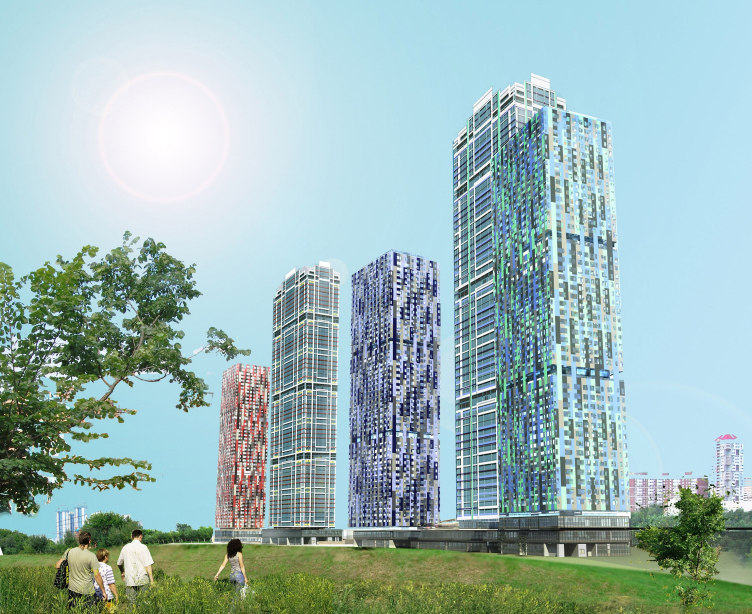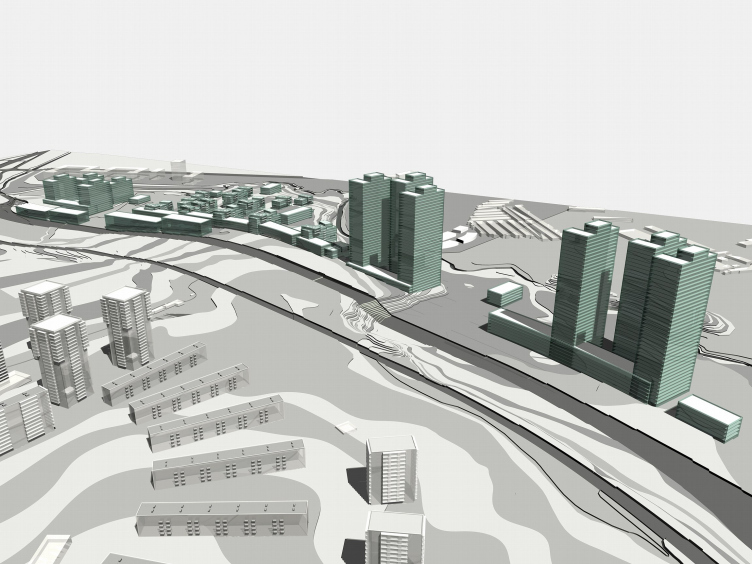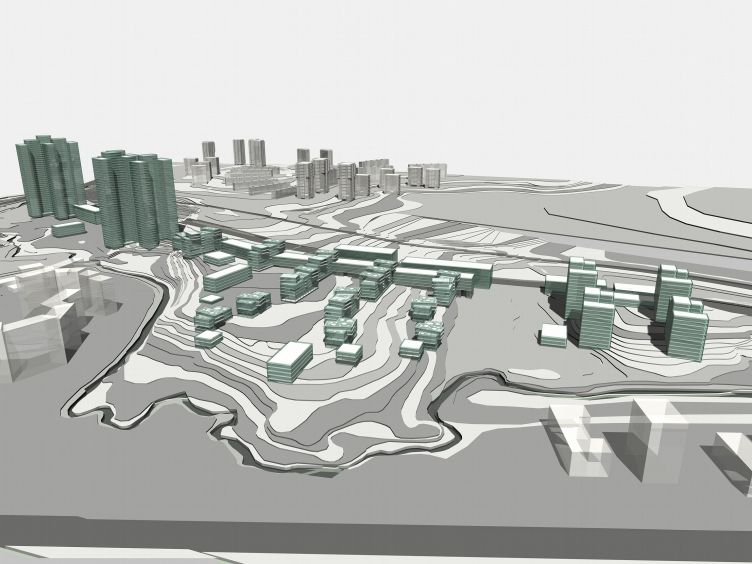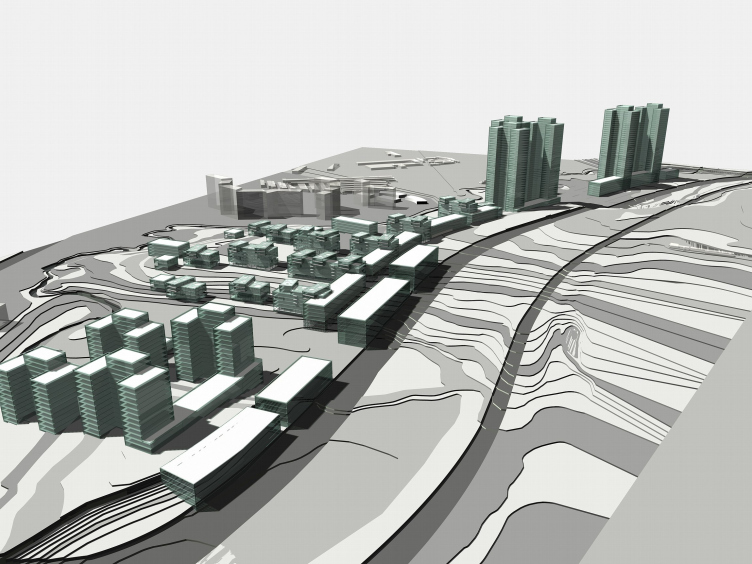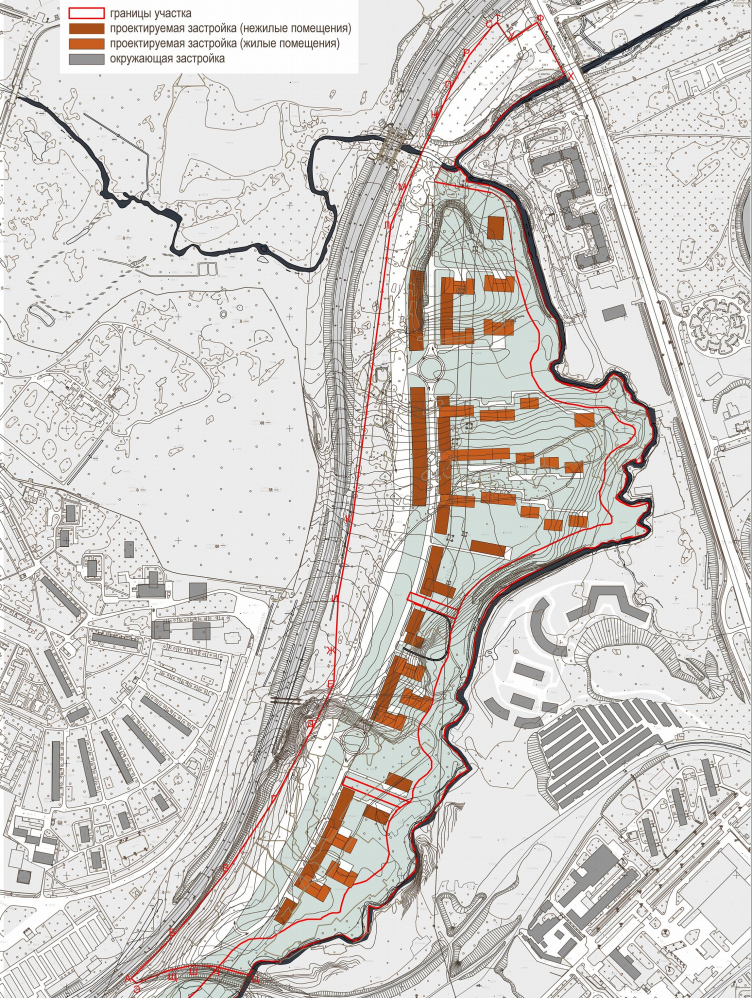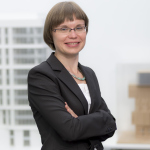Procrustes's bed of regulations
Today in Moscow, there is still in progress work on a number of large-scale development projects, soon there will be new city districts. One of the projects is the residential city-block in the bottom-land of Ramenka river by Pavel Andreev. It was already highlighted by the agency of architectural new.
